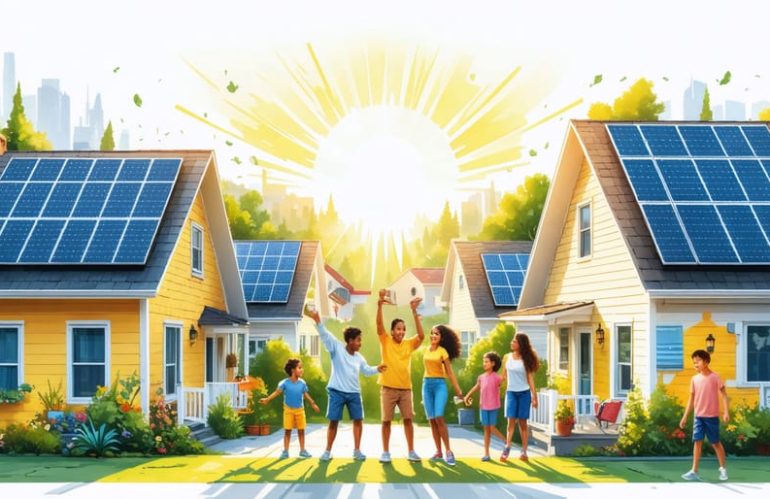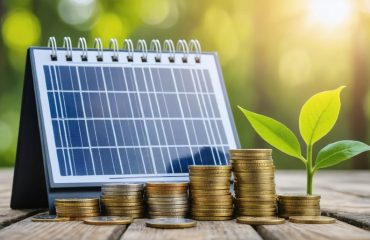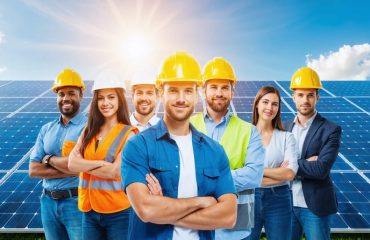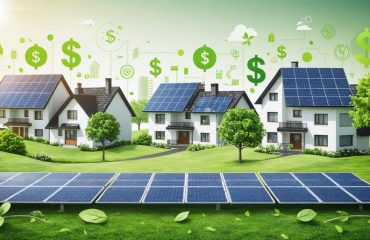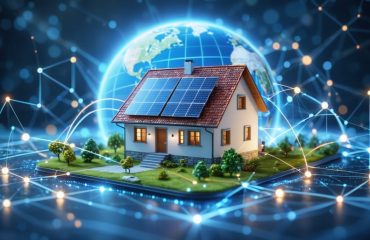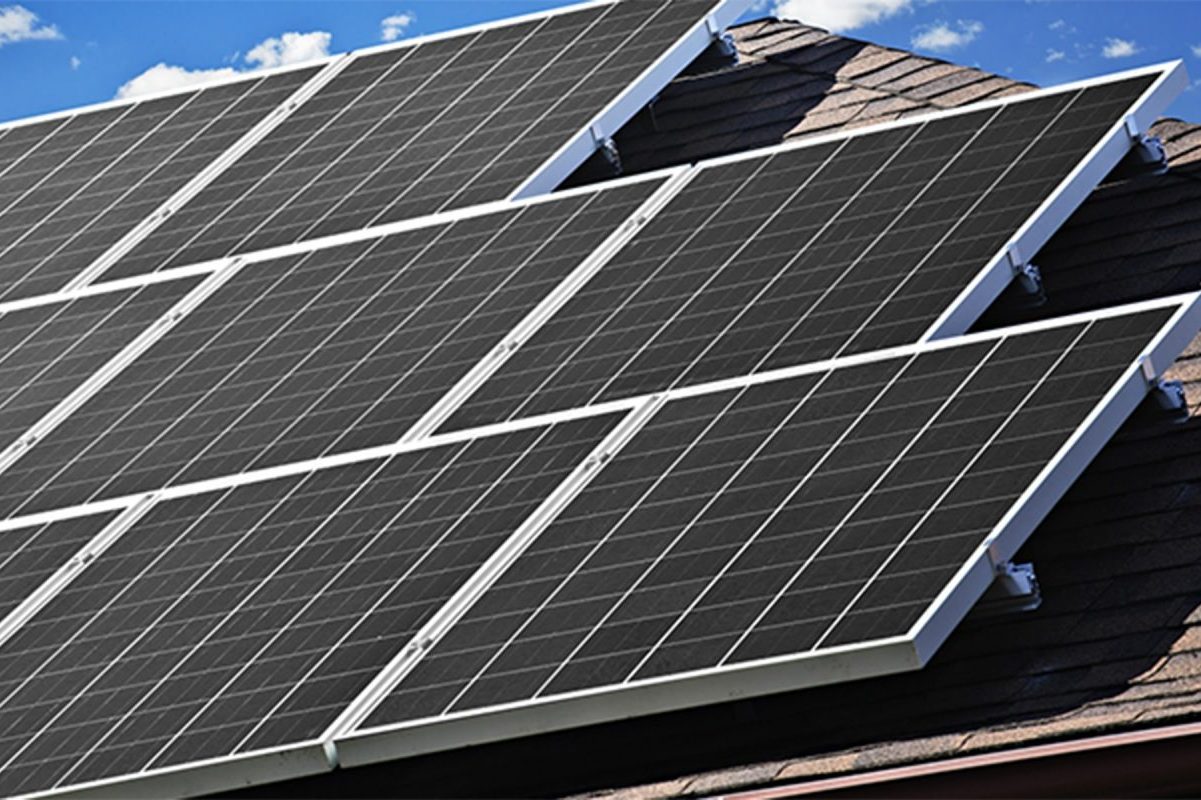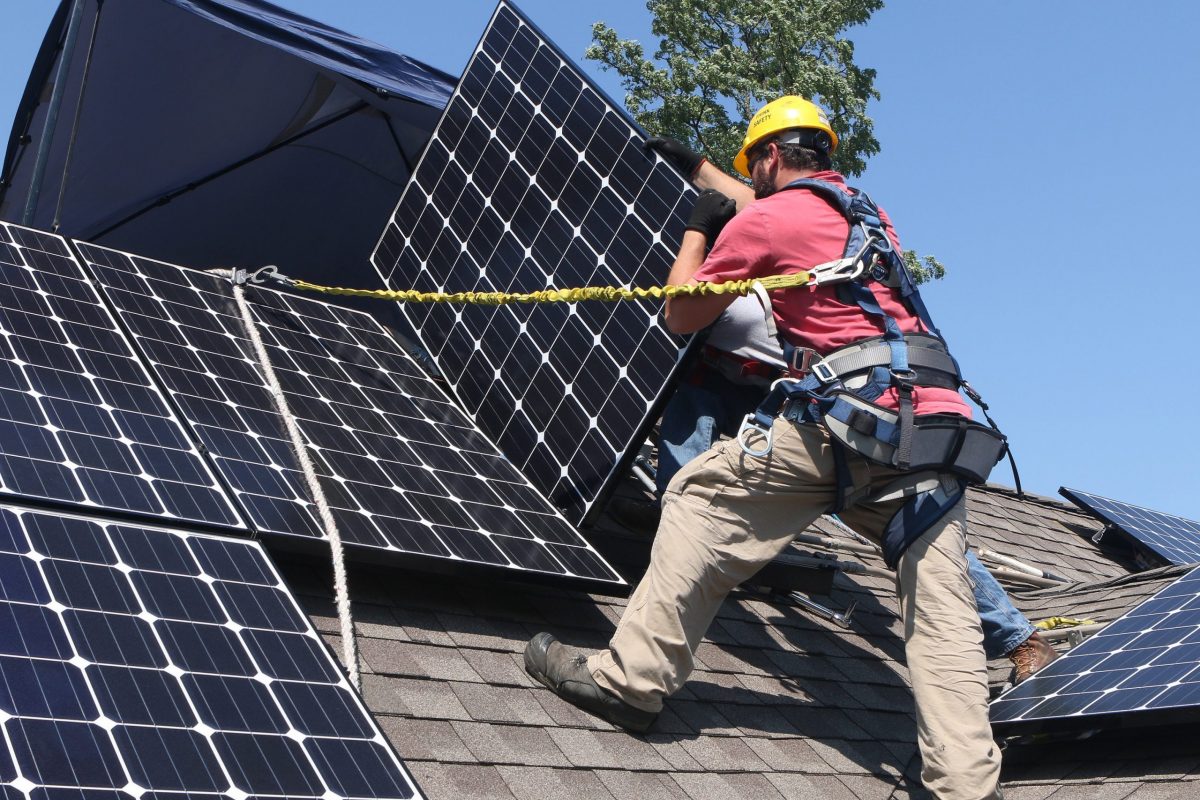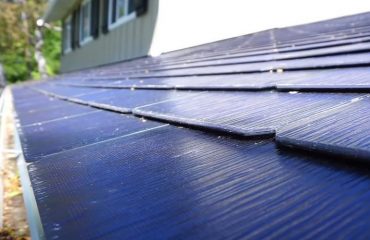Qualified low-income economic benefit projects are transforming access to clean, affordable energy across America, making solar power attainable for families who need it most. Through innovative community-led solar initiatives and federal support programs, households earning below 80% of their area’s median income can now receive substantial solar incentives, including reduced installation costs and ongoing utility savings. These programs specifically target the 30 million American households struggling with energy costs, offering them a path to energy independence and financial stability. By combining federal tax credits, state rebates, and local assistance programs, qualified households can reduce their solar installation costs by up to 60-100% while securing long-term protection against rising energy prices. This comprehensive approach ensures that clean energy access isn’t just a luxury for the wealthy but a practical solution for families looking to reduce their monthly expenses and contribute to a sustainable future.
What Makes a Project ‘Qualified Low-Income’?
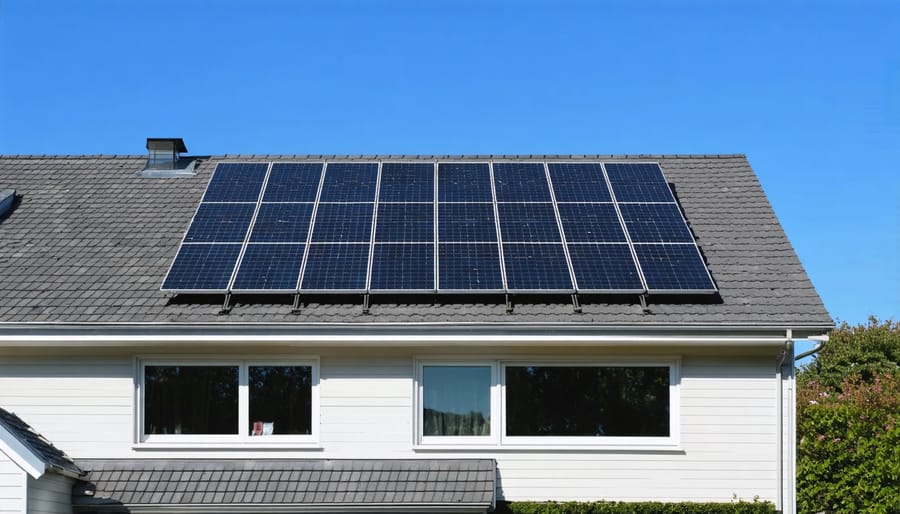
Income Requirements and Eligibility
To qualify for low-income economic benefit projects, households typically need to meet specific income requirements based on their area’s median income (AMI) or federal poverty guidelines. Most programs consider households earning 80% or less of their area’s median income as eligible candidates. For example, a family of four might qualify if their annual income falls below $70,000 in many metropolitan areas.
Income verification usually requires recent tax returns, pay stubs, or benefit award letters. Additional qualifying factors often include:
– Primary residence ownership or long-term rental status
– Location within designated service areas
– Current utility bill standing
– Property type and condition
Many programs use a sliding scale approach, offering more substantial benefits to those with lower income levels. Households earning 50% or less of AMI often receive the most comprehensive support. Some initiatives also provide special considerations for seniors, disabled individuals, and families with young children.
Remember that income requirements can vary by state and specific program. Local utility companies and community action agencies can help determine your eligibility and guide you through the qualification process.
Project Location Requirements
Qualified low-income economic benefit projects must be strategically located to serve the communities they aim to support. These projects are typically situated within census tracts where the median family income is at or below 80% of the area median income. Priority is often given to locations that have historically faced environmental justice challenges or have been designated as disadvantaged communities.
The project must be physically accessible to the intended beneficiaries, usually within the same utility service territory. For community solar installations, the project should be located within a reasonable distance from the subscribers it serves, typically within the same state or utility district.
Rural areas receive special consideration, with additional incentives available for projects serving agricultural communities or tribal lands. Urban projects often focus on multi-family housing developments or community centers in qualifying neighborhoods.
To maximize impact, these projects are frequently placed near existing infrastructure, such as power lines and substations, while avoiding environmentally sensitive areas. This strategic positioning helps reduce development costs and ensures efficient power distribution to the target communities.
Local Government Support Programs
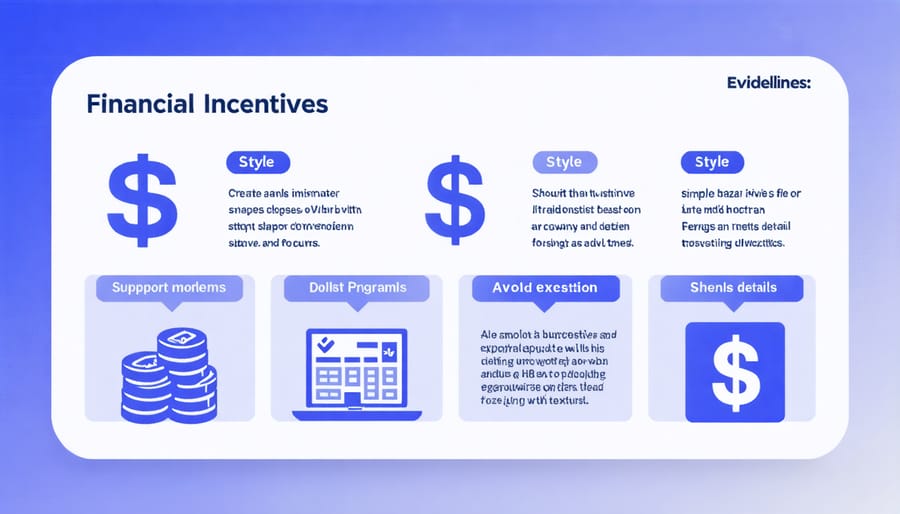
Available Financial Incentives
Qualified low-income economic benefit projects come with substantial financial support to make solar energy accessible to everyone. Through various local solar programs, participants can access grants covering up to 100% of installation costs, depending on their income level and location.
The federal government offers generous solar tax credits specifically designed for low-income households, which can significantly reduce the upfront costs. These credits are often refundable, meaning you can receive the benefit even if you don’t owe taxes.
Additional incentives may include:
– Zero-interest or low-interest financing options
– Monthly utility bill credits
– Performance-based incentives that pay you for the energy your system produces
– Reduced or waived permit fees
– Free energy efficiency upgrades to maximize system performance
Many state and local governments also offer matching funds or supplementary grants to further reduce costs. Some utilities provide additional rebates or bill credits specifically for low-income solar installations. These combined incentives can make solar energy systems extremely affordable or even free for qualifying households, while providing long-term savings on energy bills.
Technical Assistance Programs
Getting started with a qualified low-income economic benefit project doesn’t mean you have to figure everything out alone. Many organizations and agencies offer comprehensive technical assistance to help you through every step of the process. These support programs typically include free consultation services, project planning guidance, and implementation assistance.
Local utility companies often provide energy advisors who can assess your home’s energy needs and recommend the most beneficial improvements. These experts can help you understand available technologies, estimate potential savings, and navigate the application process for various assistance programs.
Community action agencies and nonprofit organizations frequently offer workshops and one-on-one support to help you make informed decisions about energy improvements. They can connect you with certified contractors, review project proposals, and ensure you’re getting the most value from available programs.
Additionally, state energy offices provide technical resources and documentation assistance to help you complete necessary paperwork. Many also offer project management support to ensure your improvements are implemented correctly and meet all program requirements.
For ongoing support, most programs include post-installation assistance to help you understand how to maintain your new systems and maximize their benefits. This might include training sessions, maintenance guides, and access to technical support hotlines staffed by qualified professionals.
Remember, these support services are typically provided at no cost to qualified participants, making it easier to access the expertise needed for a successful project.
Real Benefits for Homeowners
Monthly Energy Savings
Qualified low-income economic benefit projects can lead to significant monthly energy savings for participating households. On average, families can expect to see their electricity bills reduced by 20-50%, depending on the size of their solar installation and local energy rates. For a typical household spending $150 monthly on electricity, this translates to savings between $30 and $75 per month.
These savings are even more impactful when considering seasonal variations. During summer months, when air conditioning usage typically drives up energy costs, participants often report savings of up to 60% on their cooling expenses. Winter savings, while slightly lower, still average 25-35% off regular heating costs.
The program’s benefits extend beyond immediate bill reduction. As utility rates continue to rise (historically about 2.5% annually), locked-in solar rates protect participants from future price increases. Additionally, many households receive credits on their utility bills for excess energy their systems produce, further reducing monthly expenses.
Real-world examples show that participating families often save enough in the first year to cover other essential expenses, with typical annual savings ranging from $500 to $1,000. These savings remain consistent throughout the system’s 25-30 year lifespan, providing long-term financial stability for low-income households.
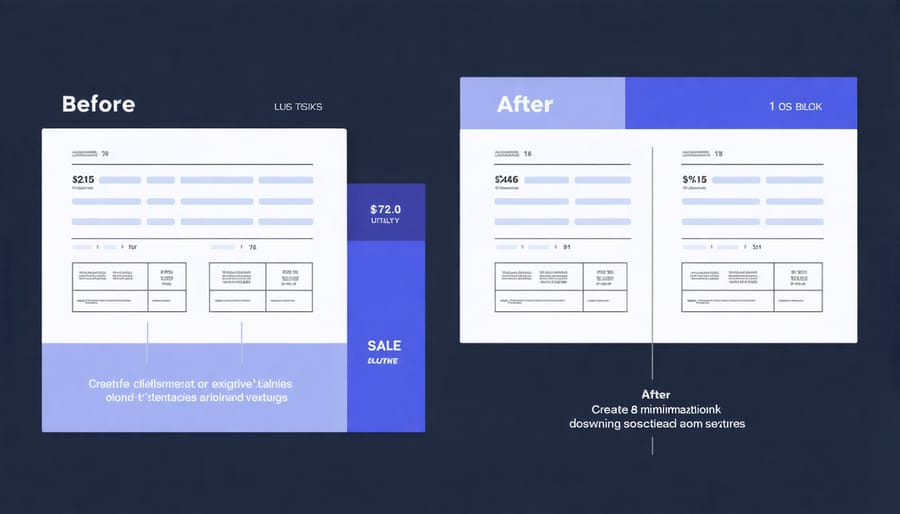
Long-term Financial Impact
Qualified low-income economic benefit projects create lasting positive financial impacts for both individual homeowners and their communities. Homeowners typically see immediate reductions in their monthly energy bills, with savings often ranging from 20% to 50% depending on system size and local utility rates. These savings compound over time, potentially adding up to tens of thousands of dollars over the system’s lifetime.
Property values also tend to increase with the installation of solar systems. Studies show that homes with solar installations sell for 4.1% more on average than comparable properties without solar. For a $200,000 home, this could mean an additional $8,200 in value. This appreciation tends to be even more significant in areas with high energy costs or strong environmental consciousness.
Beyond individual benefits, these projects contribute to neighborhood stability and economic growth. Communities with higher rates of solar adoption often see increased property tax revenues, which can fund local improvements and services. The presence of solar installations can also attract environmentally conscious businesses and residents, creating a positive cycle of community investment and development.
Furthermore, as utility rates continue to rise over time, the financial benefits of these projects become even more pronounced, offering protection against future energy cost increases while providing stable, predictable energy expenses for low-income households.
Qualified low-income economic benefit projects represent a crucial step forward in making sustainable energy accessible to all communities. These programs not only help reduce the financial burden of energy costs for low-income households but also contribute to a cleaner, more sustainable future for everyone. By combining federal, state, and local incentives, these initiatives make clean energy solutions more attainable than ever before.
For homeowners interested in participating in these programs, the path forward is clear. Start by contacting your local utility company or housing authority to learn about specific programs available in your area. Gather your income documentation and proof of residence to begin the qualification process. Many organizations offer free energy assessments to help you understand which improvements would benefit your home the most.
Remember that these programs often have limited funding and operate on a first-come, first-served basis. Acting promptly when you find a suitable program is essential. Don’t let concerns about initial costs deter you – many programs offer substantial assistance, and some even cover 100% of project costs for qualifying households.
The long-term benefits of participating in these programs extend beyond immediate energy savings. You’ll be investing in your home’s value, reducing your carbon footprint, and potentially creating more comfortable living conditions for your family. Additionally, many participants report significant improvements in their monthly energy bills, providing lasting financial relief.
Take the first step today by researching available programs in your area. The investment in clean energy through these initiatives benefits not just individual households but entire communities, making sustainable living accessible to everyone regardless of income level.

